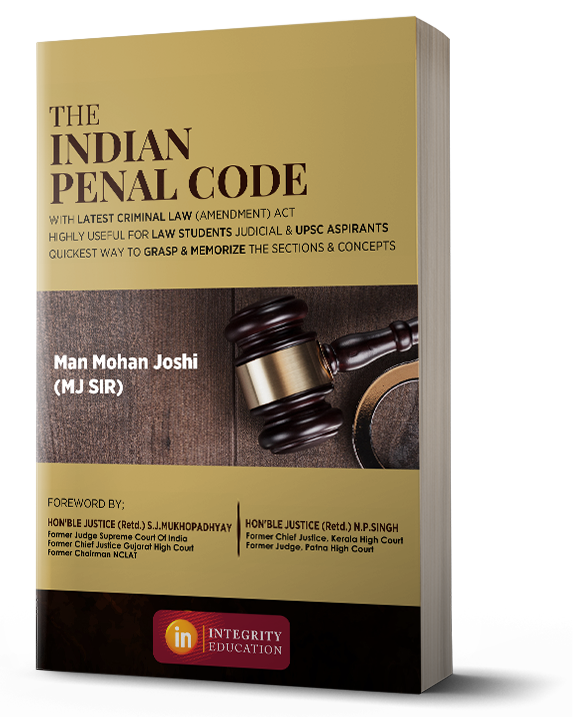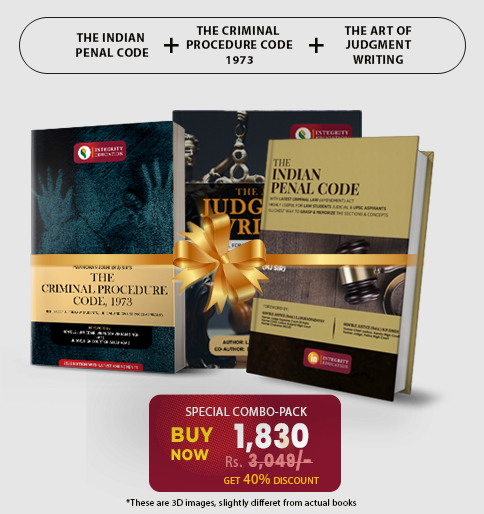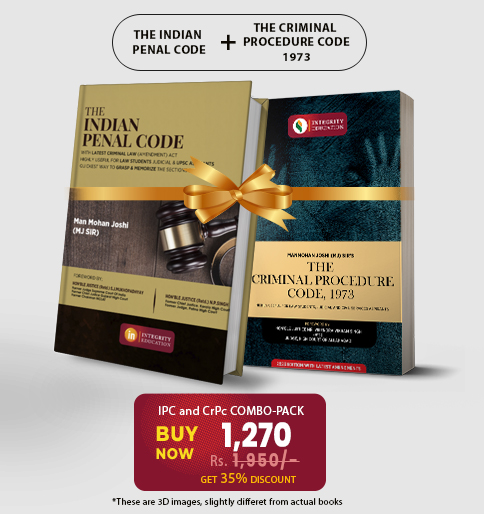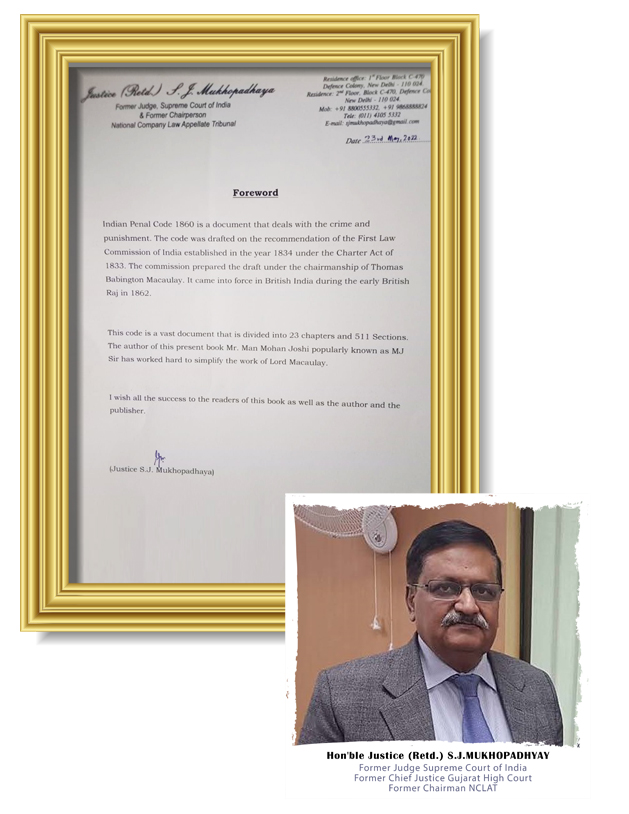ABOUT IPC BOOK
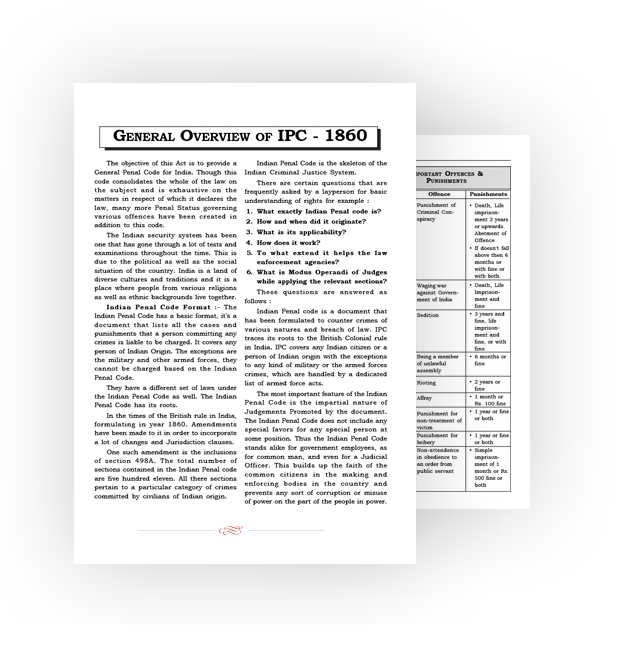
When we think about writing, "Art" isn't something that immediately comes into mind. According to the Merriam Webster's dictionary, "Art" is the use of creativity, skill and imagination to create something thats beautiful or emotionally expressive and it means "Writing" is a beautiful piece of art and the author is an artist.
Such an artist is Lord Babington Macaulay under whose chairmanship Indian Penal Code was drafted in the year 1836. It came into force in British India during early British Raj in the year 1862. However it did not apply automatically in the Princely States, which had their own courts and legal system until the 1940s.
The code has since then amended several times and is now supplemented by other criminal provisions.
In the year 2019 by Jammu and Kashmir reorganization act, IPC-1860 is now extended to the state of Jammu and Kashmir.
Since my LLB days I am fond of this beautiful piece of work known as Indian Penal Code. In the year 2020 during first lockdown I started writing this book in such a way that even a layman or the reader of this book who does not belong to any legal background can understand it.
This book contains latest amendments, important and landmark judgements, latin maxims, important notes to understand each section in an easy way. The most important part of the book is we have tried our best to cover all the important MCQs of the subject related to the each chapter and explanation for better understanding is added to each question.
It is my responsibility to thank my publisher Integrity Education (Delhi, London) who showed their faith on me to complete this mammoth work .. Also I am thankful to all my team members and students those who have given their valuable suggestions for the betterment of this book… Specially I am thankful to Advocate Rytham singh, Advocate Maya Rathore, Civil Judge Vanshita Gupta and Advocate Khushbu Maheshwari.
The true credit of this book goes to Mr Kaushalendra Sharma who has given his best of knowledge & experience to set the book in such a manner that even a novice can understand the content and read it in an easy way.
I am thankful to my family members specially to my wife Mrs Komal Joshi and Son Master Hanu to give me support and time to write this book & give my best. I am also thankful to my late mother-in-law whos always encouraged me to achieve more and more in life and whose blessings are with us for life.
I hope this book will provide you enough material not only to understand Indian Penal code but also to crack any competitive examination.





